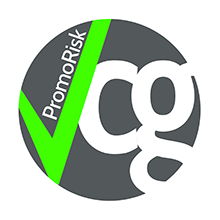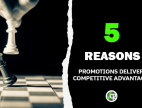Price discounts vs. consumer promotions
14 Jan 2022
Brands discount the price of products to attract new customers and generate more sales.
When a brand puts a product “on sale”, there is nothing for the consumer to do other than bring the product to the cash register and automatically get the discount. And the higher the discount, the more likely it is that products will be purchased.
However, consumers associate low price with low quality, particularly when the brand name is not familiar. A discount pricing strategy increases the chance that the product will be perceived as lower in quality. While the brand may gain customers who make decisions on price alone, other customers may choose competitor products because of perceived quality. Lower prices may drive sales for a limited time, but do not build customer loyalty. When a lower priced alternative comes along, the brand may lose hard-earned market share.
Money off coupons do the same, again creating an expectation to wait until there is a coupon. That eventually leads to the erosion of margin which is then difficult to recover without a large increase in sales volume.
An alternate to price discounting are different types of consumer promotions. Instead of lowering the price of the product, give the consumer something additional of value, or a chance to win something.
As a form of comparison, let’s look at a scenario where a brand is selling a product for $3, and over the course of 1 month sells 1M products totaling $3M in sales. If that brand were running a price discount, how much would the discount need to be to move the needle and generate more sales? If we look at 25% off, that equates to $750K in discounts (and lost revenue) if all products are sold within the 30-day period.
If the brand instead kept the product at full price but ran a promotion that would allow consumers to try the product for free, what would that look like from an expense standpoint?
Point of sale, social media, digital advertising, etc. would lead consumers to a microsite. The consumer would upload their receipt to the website to get a full $3 refund of the product.
Instead of discounting the price of the product, the brand would get the exposure and benefit of the investment in promotional advertising, and the entire cost of all rebates could be covered with a Fixed Fee of $450K, meaning that once the fee is agreed upon, all redemptions are covered, regardless of how many. The brand spends less overall, does not discount the product price and gets retailer buy in.
We at VCG PromoRisk help brands create and run promotional alternatives to price discounting, which maintains brand equity, long term margin and profitability.
Contact us to discuss what type of mechanic would not only help you build your brand from a long-term point of view, but also reward your consumers and bring you a better overall ROI.

























